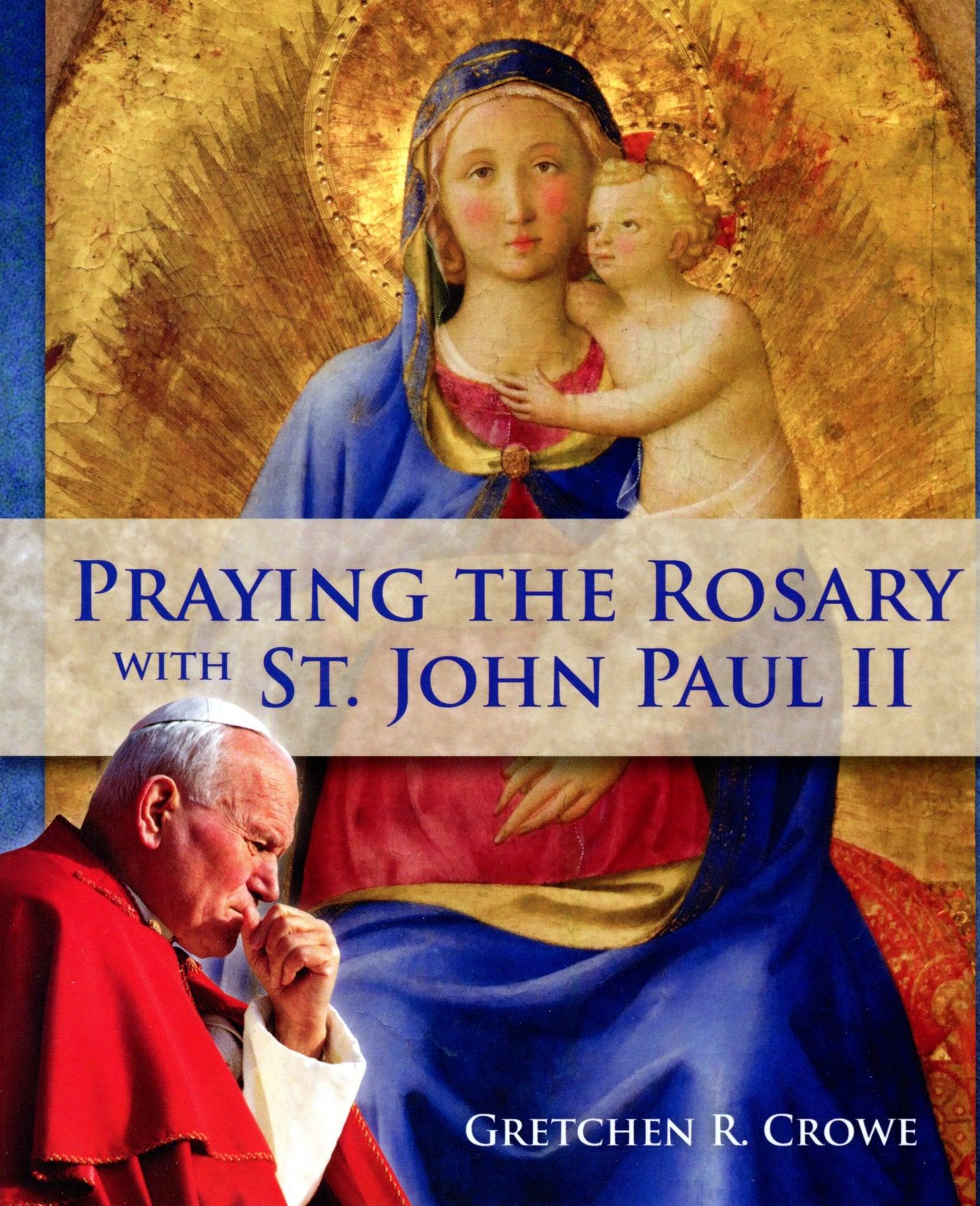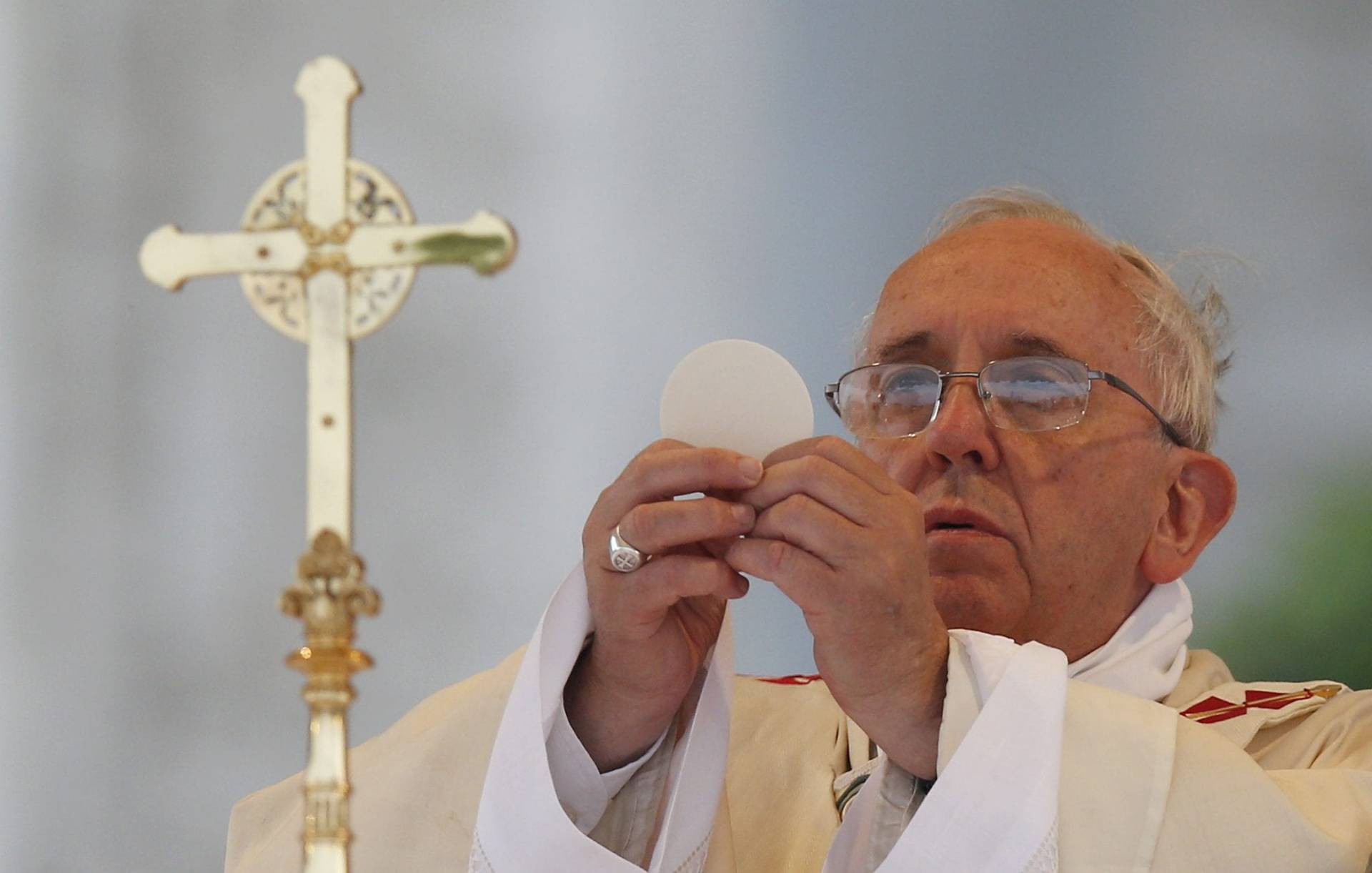An estimated 250,000 young women in the United States have given serious thought to joining religious communities, but if sisters and nuns hope to attract new members, they’ve got to do a better job explaining the benefits of such a counter-cultural lifestyle — and get Catholic parents, laypeople, and benefactors on board.
“In general, women religious can do a better job of explaining who they are,” said Kathleen Sprows Cummings, director of the Cushwa Center for the Study of American Catholicism at the University of Notre Dame and the author of a report released Wednesday about the current state of nuns and sisters in the United States.
“Sisters’ continued vitality largely depends on their ability to articulate their charism to outsiders — both potential applicants and lay collaborators,” the report says.
If these communities fail to “develop an identity that can be easily and clearly articulated to the outside world, both in Catholic settings and in the wider culture,” it continues, “they will not attract many new members.”
About 2 percent of all unmarried Millennial women — those born after 1981 — have “very seriously” considered becoming a nun or a sister, translating to more than 250,000 potential recruits. Young women are most persuaded to join religious life by seeing the joy among current members firsthand, the report found, but they must also be invited and encouraged.
The report notes that fewer than 10 percent of never-married Millennial women were ever invited to take a look at religious life by a sister. Of those who ultimately did join a religious community, “between two-thirds and three-fourths of new entrants were discouraged in their vocation,” usually by family and friends.
The report, “Understanding US Catholic Sisters Today,” notes that the total number of nuns in the United States continues to decline, a trend in the works for about 50 years.
But it calls the huge numbers of nuns in the 1950s and 60s “an anomaly in the history of US women’s religious life rather than a standard to which sisters could or should return.”
Whereas in the past nuns were needed to staff Church-run alternatives to public institutions hostile to Catholics, such as schools and hospitals, Cummings said that today, the goals of religious communities have changed, and nuns are needed to be “a leaven in society.”
“It’s not about numbers, but about the witness and effect that they have,” she said.
The understanding that huge numbers of nuns is the exception and not the rule “helps to diffuse the pessimism that often surrounds discussions of religious life” today, the report says.
Still, the report found that there are currently more than 1,200 women preparing to enter religious communities, equally split between orders perceived to be liberal and conservative. But in addition to the lack of encouragement from parents and lay Catholics, educational debt remains a big challenge in fostering new vocations.
About a third of all women who take steps to join a religious community have student loans, usually totaling more than $20,000, the study found. This leads to about half of all applicants being turned away. Wary of tightening budgets and skyrocketing healthcare costs, communities are hesitant to take on new members with large amounts of debt.
“While congregations do not want to turn away new members who offer vitality to a waning congregation, they must consider how much benefit a candidate brings to an institute compared to the burden of educational debt,” the report said.
To help address that roadblock and other challenges toward rebuilding communities, a consortium of Catholic philanthropists that commissioned the report launched a website Wednesday to raise awareness about the state of religious life in the United States.
“We hope the website inspires Catholics to accompany Catholic sisters in their vital ministries, and to learn more about them,” said Alexia Kelley, the president of the Washington, DC-based Foundations and Donors Interested in Catholic Activities. “We also hope it inspires other philanthropists to support sisters and women aspiring to religious life.”
The report found that the perception of what life is like as a nun has changed for the better in recent years, in part because of two Vatican investigations beginning in 2009 and the increased media visibility because of the probes.
Because of the many news reports, and visible initiatives such as the Nuns on the Bus, a political advocacy campaign, “Americans appreciate that Catholic sisters do not fit the stereotypical categories to which they had so easily been assigned in the past,” the report says.
“Indeed, Catholic sisters today are more broadly accepted for what they are: remarkable women whose Gospel calling helps to keep the Church vibrant and vital, and whose selfless service continues to enrich US society,” it said.














